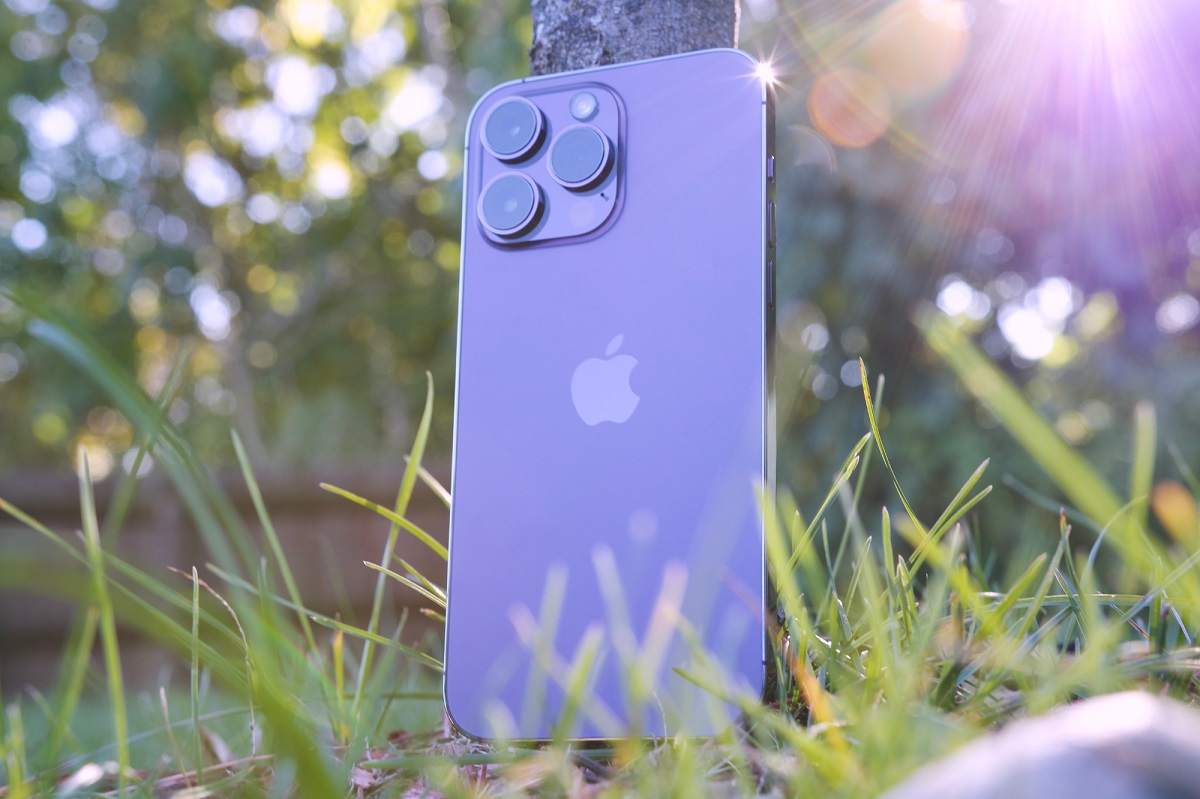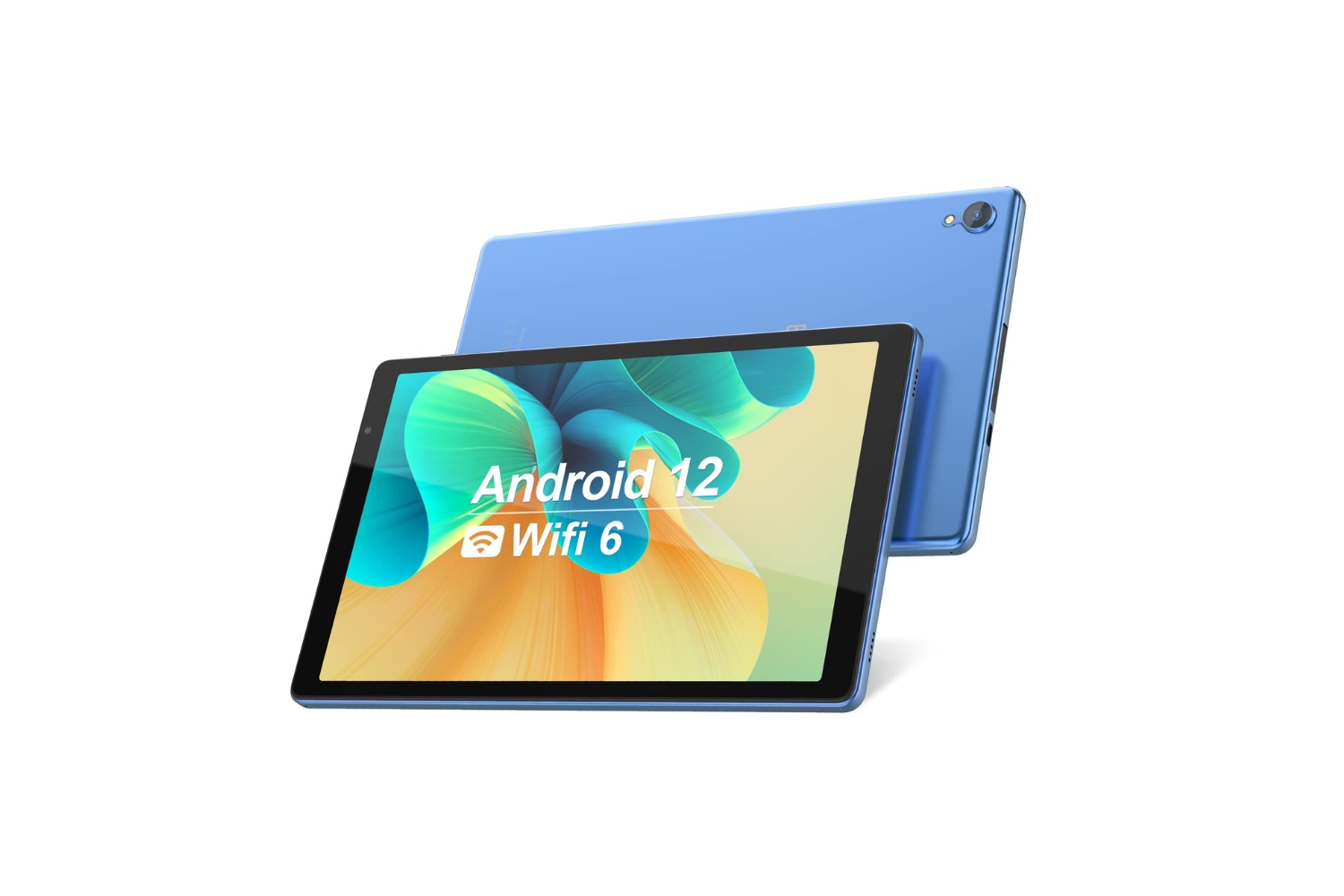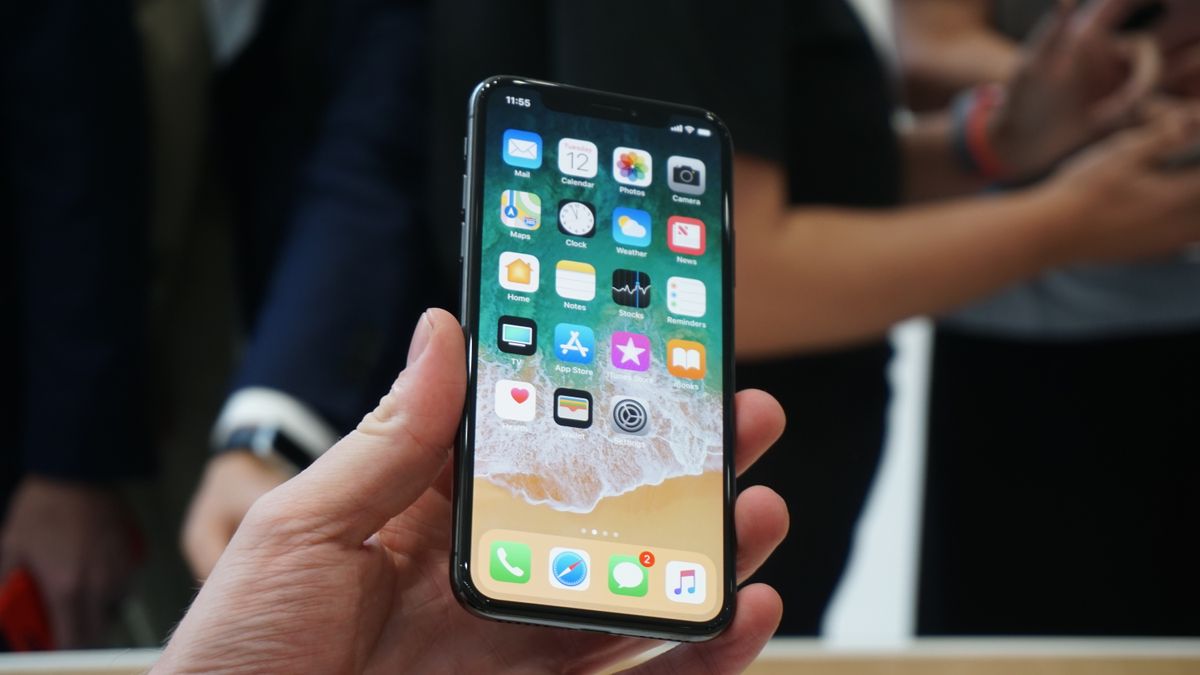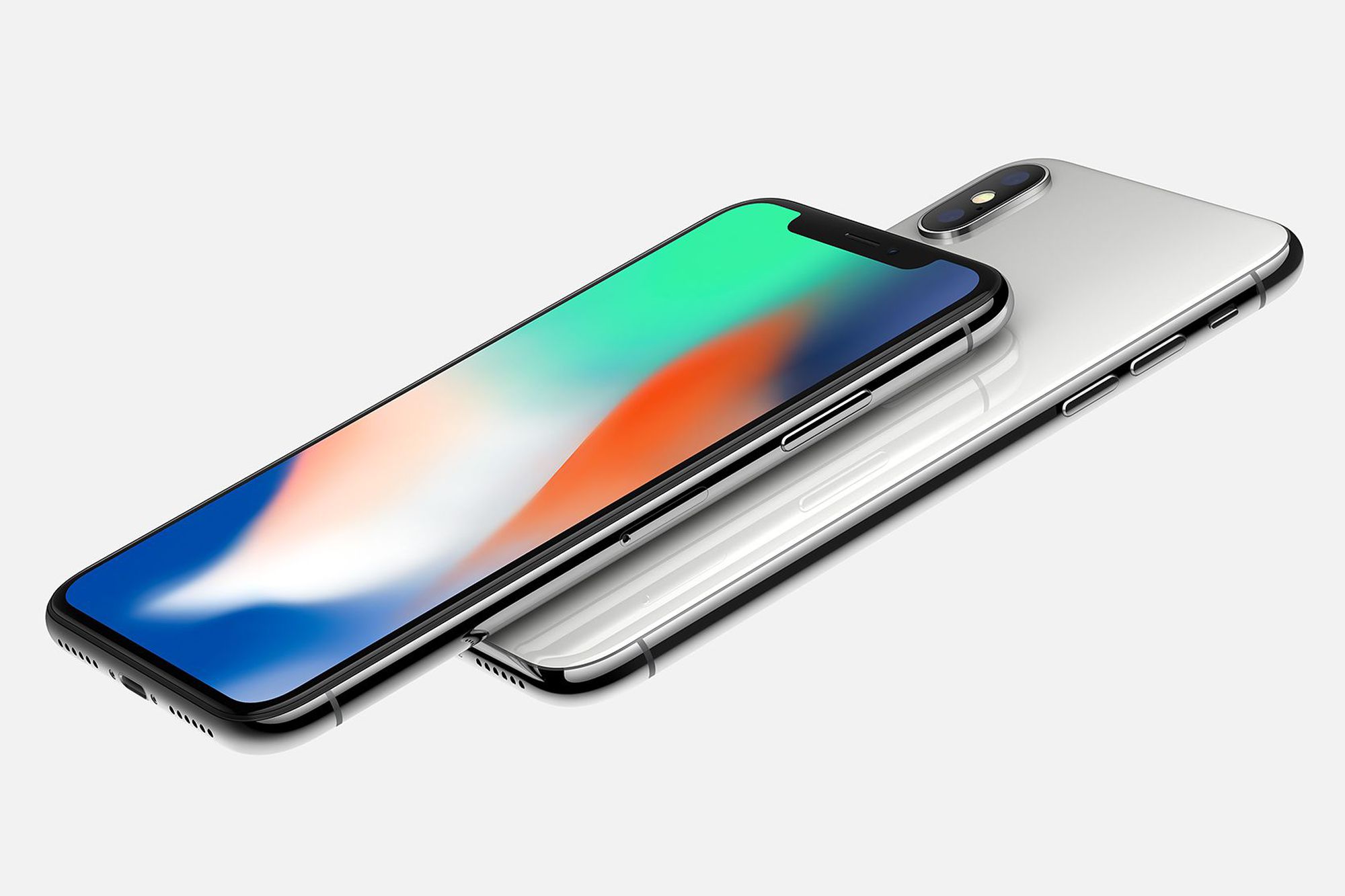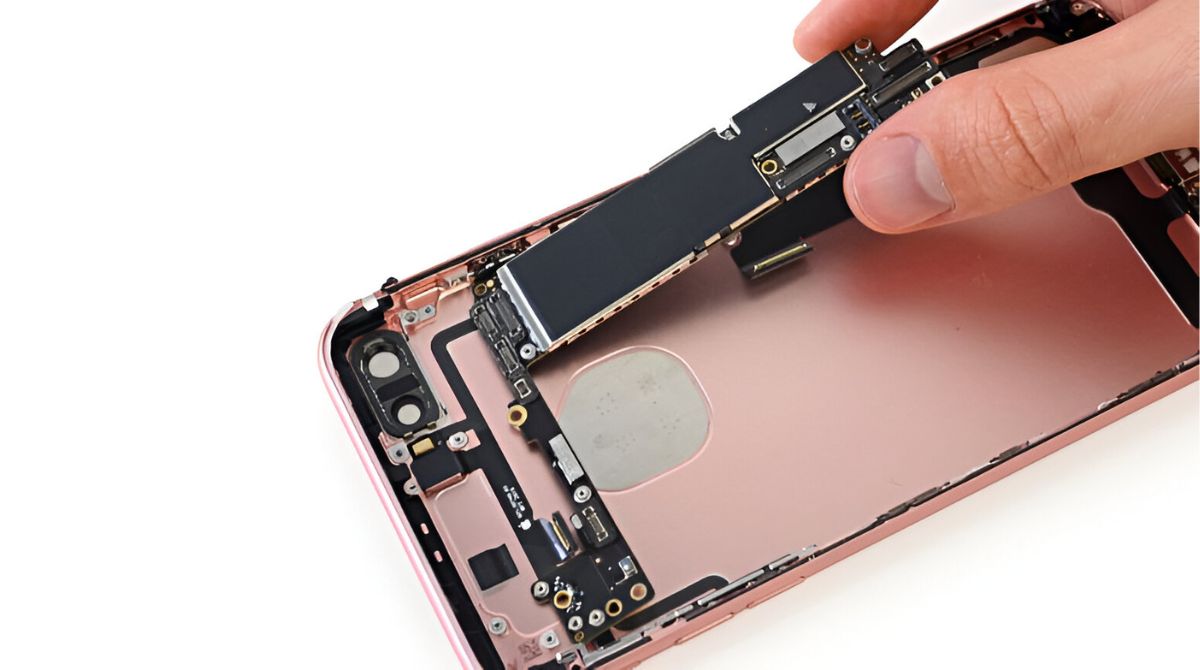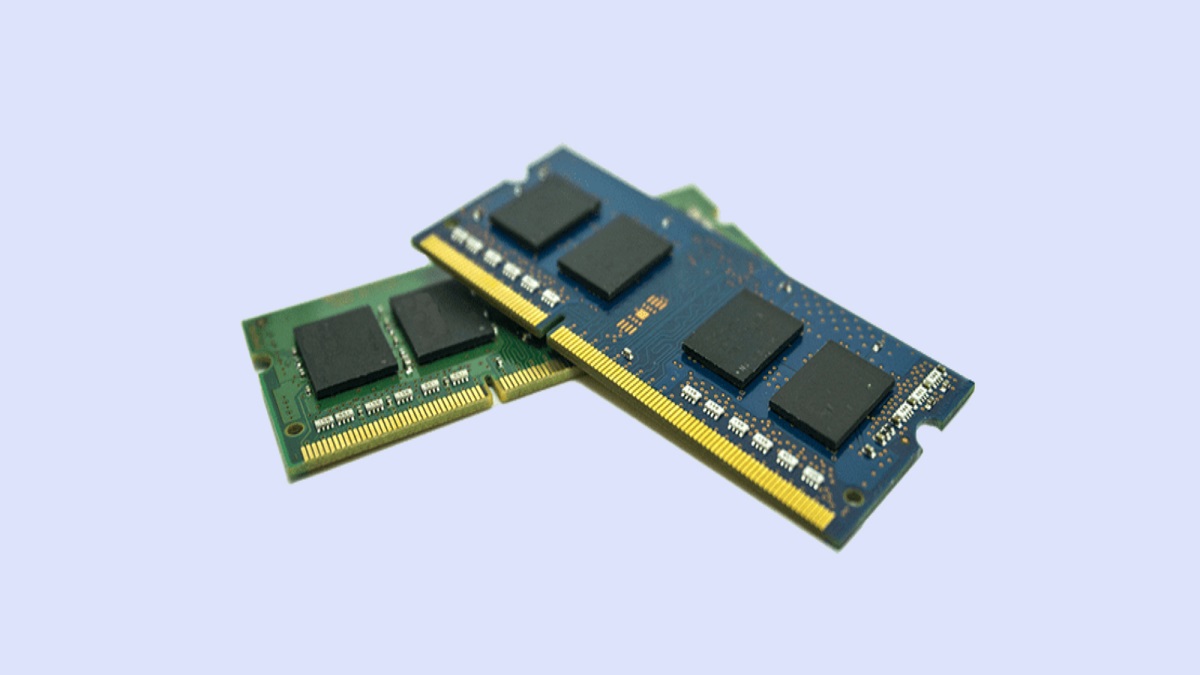Introduction
Android devices have become an essential part of our lives, helping us stay connected, productive, and entertained. However, as we install and use more apps, our device’s RAM (Random Access Memory) can become overwhelmed, resulting in sluggish performance and lagging response times. Luckily, there are several ways to lower RAM usage on Android devices, optimizing their performance and ensuring a smoother user experience.
In this article, we will explore ten effective methods to reduce RAM usage on Android. By implementing these strategies, you can free up valuable system resources and enjoy faster, more efficient device performance.
It is important to note that the specific steps and settings mentioned in this article may vary slightly depending on your device’s manufacturer and Android version. However, the underlying principles remain the same, and you can adapt the techniques to suit your particular device.
So, whether you are struggling with a sluggish device, encountering frequent app crashes, or simply want to improve your Android’s performance, read on to discover how you can lower RAM usage and optimize your device’s functionality.
Clear Cached Data
As you use various apps and browse the internet on your Android device, temporary files and cached data accumulate in the storage, consuming valuable RAM. Clearing cached data regularly can help free up memory and improve performance.
To clear cached data on your Android device, follow these steps:
- Go to the Settings app on your device.
- Scroll down and tap on “Storage” or “Storage & USB” (depending on your Android version).
- Under the “Internal Storage” section, tap on “Cached data”.
- A pop-up message will appear, asking for confirmation to clear cached data. Select “OK” to proceed with the deletion.
By clearing cached data, you effectively remove temporary files and unnecessary data, creating more space in your device’s memory. This can lead to improved performance, faster app loading times, and smoother multitasking.
It is worth noting that clearing cached data does not delete any personal files or app data. It only removes temporary files, such as images, CSS stylesheets, and JavaScript files, which are stored for faster retrieval when you access websites or apps.
Make it a habit to clear cached data regularly, or you can also configure your device to automatically clear the cache of specific apps. This not only helps lower RAM usage but also keeps your device’s storage clean and organized.
Uninstall Unnecessary Apps
Over time, we tend to accumulate numerous apps on our Android devices. However, not all of them are used regularly or serve a purpose anymore. Uninstalling unnecessary apps can significantly reduce RAM usage and free up storage space.
To uninstall apps on your Android device, follow these steps:
- Go to the Settings app on your device.
- Scroll down and tap on “Apps” or “Applications” (depending on your Android version).
- You will see a list of all installed apps on your device. Tap on the app you want to uninstall.
- On the app’s details page, tap on “Uninstall”.
- A pop-up message will appear, asking for confirmation to uninstall the app. Select “OK” to proceed with the uninstallation.
Review your installed apps and identify any that you no longer use or need. Uninstalling these apps not only helps optimize RAM usage but also declutters your device’s app drawer and storage space.
Moreover, some apps run background processes and services that continue consuming system resources even when you’re not actively using them. Removing such apps can have a significant impact on reducing RAM usage and improving overall device performance.
Remember to be selective and cautious when uninstalling apps, especially pre-installed or system apps that are essential for the functioning of your device. Uninstalling critical system apps can potentially cause issues, so it’s best to seek guidance or research beforehand to ensure you don’t inadvertently remove a necessary component.
By regularly evaluating and removing unnecessary apps, you can streamline your Android device, reduce RAM strain, and create a more efficient system for everyday use.
Disable or Limit Background Processes
Background processes and services running on your Android device can consume a significant amount of RAM, affecting overall performance. By disabling or limiting these processes, you can reduce RAM usage and ensure that more system resources are available for the apps you actively use.
To disable or limit background processes on your Android device, follow these steps:
- Go to the Settings app on your device.
- Scroll down and tap on “Developer options”. If you don’t see this option, go to “About phone” and tap on the build number multiple times until it enables developer options.
- In the Developer options menu, look for “Background process limit” or “Limit background processes”.
- Tap on the option and select the desired limit. The available options may vary depending on your device, but typically you can choose between “Standard limit” and “No background processes”.
By setting a limit or disabling background processes, you prevent apps from running silently in the background and consuming unnecessary RAM. However, keep in mind that some essential system processes may still run regardless of this setting.
Additionally, you can take further control over background processes by manually closing unused apps from the app switcher. Swipe up or press the recent apps button (depending on your device) to access the app switcher and swipe away the apps you no longer need running in the background.
Disabling or limiting background processes can be especially beneficial for devices with lower RAM capacities. It allows for smoother multitasking, faster app switching, and overall improved responsiveness.
It is important to note that while limiting background processes can help reduce RAM usage, certain apps or services may require background processes to function properly. Therefore, exercise caution when adjusting these settings and monitor for any potential issues with specific apps or functionality.
By taking control of background processes, you can optimize RAM usage, improve device performance, and have better control over the resources allocated to different apps on your Android device.
Disable or Minimize Animations
Animations add visual flair and enhance the user experience on Android devices. However, they can also consume a significant amount of RAM, especially on low-end or older devices. By disabling or minimizing animations, you can reduce the strain on your device’s resources and improve performance.
To disable or minimize animations on your Android device, follow these steps:
- Go to the Settings app on your device.
- Scroll down and tap on “About phone” or “About device” (depending on your Android version).
- Look for “Build number” and tap on it multiple times until it enables developer options.
- Go back to the main Settings screen and scroll down to find “Developer options”.
- Tap on “Developer options” and look for the “Window animation scale”, “Transition animation scale”, and “Animator duration scale” options.
- Tap on each option and select “Animation off” or set a lower value (e.g., 0.5x or 0.25x).
By disabling or minimizing animations, you can reduce the visual effects but gain a noticeable improvement in responsiveness and reduce RAM usage. The smoother and quicker transitions can make a difference, especially on devices with limited resources.
Besides disabling or minimizing system-wide animations, you can also consider disabling specific app animations. Some apps offer their own animation settings within their individual settings menus, allowing you to further optimize RAM usage and performance.
While reducing animations can significantly lower RAM consumption, keep in mind that some animations are essential for certain tasks or apps. Disabling all animations may negatively affect the user experience in some cases. Therefore, it’s recommended to experiment with different animation settings and find the right balance between visual appeal and device performance.
If you find that disabling or minimizing animations is not enough to improve the RAM usage on your device, you can consider using third-party apps or launchers specifically designed to provide a lightweight and minimalistic user interface, further optimizing RAM and resource utilization.
By disabling or minimizing animations, you can conserve valuable RAM on your Android device, improve system performance, and ensure a smoother and more efficient user experience.
Use Lightweight Apps
Many popular apps come with a range of features and functionalities, but they may also consume a significant amount of RAM and other system resources. To optimize RAM usage on your Android device, consider replacing resource-intensive apps with lightweight alternatives.
Lightweight apps are designed to minimize resource usage, including RAM consumption, without compromising essential features. These apps often have a smaller file size and are optimized for lower-end devices or those with limited resources.
To find lightweight alternatives for resource-intensive apps, follow these steps:
- Search for the specific app you want to replace on the Google Play Store.
- Check the app’s description and user reviews to see if it is considered lightweight or resource-friendly.
- Look for apps that have lower file sizes, fewer background processes, and positive reviews regarding performance and resource usage.
- Install the lightweight app and test its functionality to ensure it meets your needs.
By using lightweight apps, you can conserve valuable RAM and improve overall device performance. These apps are often optimized to run efficiently on various devices, including those with limited RAM or processing power.
In addition to replacing resource-intensive apps, consider using web versions or progressive web apps (PWAs) for certain services or websites instead of installing their dedicated apps. PWAs provide a similar experience to native apps while consuming fewer resources, making them a viable alternative for mobile browsing.
It’s important to note that not all lightweight apps may offer the same feature set or user experience as their resource-intensive counterparts. Therefore, it’s crucial to assess your needs and prioritize the functionalities that are most important to you when choosing lightweight alternatives.
Regularly evaluating and replacing resource-intensive apps with lightweight alternatives can significantly lower RAM usage on your Android device. This, in turn, leads to improved performance, better multitasking capabilities, and a smoother user experience overall.
Disable Live Wallpapers
Live wallpapers may look visually appealing, but they can consume a significant amount of RAM resources on your Android device. These dynamic wallpapers come with animations, special effects, and interactive elements that continuously run in the background, leading to increased RAM usage.
To optimize RAM usage and improve device performance, consider disabling live wallpapers and using static wallpapers instead. Static wallpapers do not require continuous background processes, making them more resource-friendly.
To disable live wallpapers on your Android device, follow these steps:
- Long-press on an empty area of your device’s home screen.
- Select “Wallpapers” or “Wallpaper settings” from the menu that appears.
- Choose a static wallpaper from the available options, such as the pre-installed wallpapers or an image from your gallery.
- Apply the selected static wallpaper as the new background.
By disabling live wallpapers, you not only save on RAM usage but also contribute to longer battery life and improved overall device performance.
If you still wish to have some degree of visual appeal on your home screen, you can consider using static wallpapers with parallax effects or 3D-like illusions instead. These options provide a visually appealing experience without the continuous background processing required by live wallpapers.
It’s important to note that some Android device manufacturers offer their own versions of live wallpapers or dynamic themes with optimized resource management. If your device provides such options, you can explore them and see if they have a minimal impact on RAM usage.
Remember, the goal is to reduce the strain on your device’s resources and improve performance, especially if you have a device with limited RAM or processing power.
Disabling live wallpapers and using static wallpapers can help lower RAM usage on your Android device, leading to improved performance and a more efficient use of system resources.
Disable Auto-Sync for Apps
Auto-sync is a useful feature that allows apps to sync data in the background, ensuring that you have the latest updates and information. However, constant syncing can consume a significant amount of RAM and drain your device’s battery life. By disabling auto-sync for apps, you can reduce RAM usage and conserve precious system resources.
To disable auto-sync for apps on your Android device, follow these steps:
- Go to the Settings app on your device.
- Scroll down and tap on “Accounts” or “Accounts & sync” (depending on your Android version).
- Tap on the account you want to modify or sync settings for, such as your Google account.
- Look for the “Auto-sync data” option and toggle it off.
By disabling auto-sync for apps, you prevent them from automatically syncing data in the background, reducing RAM usage and improving overall device performance. It’s important to note that manual syncing may still be possible for specific apps or services when you require the latest updates.
This method is particularly effective for apps that you don’t need constant updates from, such as social media apps or email clients. Instead of auto-syncing in real-time, consider manually refreshing these apps when you want to check for new content.
Disabling auto-sync not only helps manage RAM usage but also has a positive impact on battery life, especially on devices with limited resources or aging batteries. By reducing unnecessary background processes, you can extend your device’s battery life and ensure it lasts longer throughout the day.
However, keep in mind that there are certain apps and services, such as messaging or cloud storage apps, where auto-sync is crucial for their functionality. In such cases, you can choose to keep auto-sync enabled for those specific apps and disable it for others to strike a balance between functionality and resource optimization.
By selectively disabling auto-sync for apps, you can significantly lower RAM usage on your Android device, conserve system resources, and improve overall performance and battery life.
Limit Widgets and Live Tiles
Widgets and live tiles offer convenient access to information and quick functionality directly from your home screen. However, having too many widgets or live tiles can impact RAM usage on your Android device. Each widget or live tile consumes valuable resources, including RAM, to continuously update and display information in real-time.
To optimize RAM usage and improve device performance, it is recommended to limit the number of widgets and live tiles on your home screen. Here are a few ways to do it:
- Remove unnecessary widgets: Long-press on a widget you want to remove, then drag and drop it to the “Remove” or “Trash” icon that appears on the screen.
- Choose lightweight alternatives: Some widgets require less RAM than others. Consider replacing resource-intensive widgets with lightweight alternatives that provide similar functionality.
- Disable live tiles: For devices with live tile functionality, turn off or limit the number of live tiles active on your home screen.
- Configure widget and live tile update frequency: Some widgets and live tiles allow you to adjust their update frequency. Set longer intervals or disable real-time updates to reduce the strain on your device’s resources.
By limiting widgets and live tiles, you can decrease the amount of RAM consumption and improve overall device performance. It’s important to choose only the most essential widgets or live tiles that you frequently use or provide critical information at a glance.
Excessive use of widgets and live tiles can not only impact RAM usage but also clutter your home screen, making it harder to navigate and find the apps you need. Keeping it simple and organized can help create a cleaner and more efficient user experience.
While widgets and live tiles can be useful, it’s important to strike a balance between their functionality and the impact they have on your device’s resources. Regularly assess your home screen and remove any widgets or live tiles that you no longer find necessary or useful.
By limiting widgets and live tiles, you can optimize RAM usage on your Android device, improve overall performance, and keep your home screen clutter-free and easier to navigate.
Reduce App Notifications
App notifications are a convenient way to stay informed and receive updates from your favorite apps. However, excessive and unnecessary notifications can not only be distracting but also consume system resources, including RAM. By reducing app notifications, you can lower RAM usage and improve overall device performance.
To reduce app notifications on your Android device, follow these steps:
- Go to the Settings app on your device.
- Scroll down and tap on “Apps” or “Applications” (depending on your Android version).
- Tap on the app for which you want to manage notifications.
- Look for the “Notifications” option and tap on it.
- From here, you can customize the app’s notification settings. Depending on the app, you may have options to disable all notifications, enable only important notifications, or customize specific notification types.
Review the notification settings for each app installed on your device and disable notifications for apps that do not require real-time updates or those that you can check manually at your convenience. This can include social media apps, news apps, or promotional apps.
Reducing app notifications not only helps conserve RAM but also decreases distractions and interruptions, allowing you to focus on the tasks at hand without constantly being bombarded by notifications.
In addition to disabling unnecessary notifications, consider using notification channels (available on Android versions 8.0 and above) to further customize the types of notifications you receive from specific apps. This allows you to prioritize and filter notifications based on your preferences and needs.
By reducing app notifications, you can optimize RAM usage on your Android device, improve overall performance, and regain control over which notifications are essential and truly deserving of your attention.
Restart or Reset Your Device
If you have tried all the previous methods and are still experiencing high RAM usage on your Android device, restarting or resetting your device can be an effective solution. Restarting your device clears the RAM and stops any background processes or apps that may be consuming resources.
To restart your Android device, follow these simple steps:
- Press and hold the power button on your device.
- A menu will appear on the screen. Tap on “Restart” or “Reboot” (the exact wording may vary depending on your device).
- Your device will shut down and then power back on. Allow it to fully restart before using it again.
By restarting your device, you can refresh the system and clear any lingering processes or apps that may be using excessive RAM. This can help resolve temporary issues and improve overall device performance.
If restarting your device does not resolve the high RAM usage, you may consider performing a factory reset. A factory reset erases all data and settings on your device, returning it to its original state. This can be a more drastic step, so it’s essential to back up your important data before proceeding.
To perform a factory reset on your Android device, follow these steps:
- Go to the Settings app on your device.
- Scroll down and tap on “System” or “System & Updates” (depending on your Android version).
- Look for “Reset” or “Reset options” and tap on it.
- Select “Factory data reset” or “Erase all data” depending on what your device offers.
- Read the warning message and confirm the action.
After the factory reset, your device will be restored to its original settings, and all apps, data, and personalizations will be erased. You will need to set up your device again, reinstall apps, and restore any backed-up data.
A factory reset can help resolve persistent issues with high RAM usage but should be considered as a last resort when all other methods have failed. It is critical to thoroughly back up your data before proceeding to avoid losing important information.
By restarting or resetting your Android device, you can effectively clear RAM and resolve any underlying issues that may be causing high RAM usage. However, it’s important to exercise caution and consider the potential impact on your data and settings when performing a factory reset.
Conclusion
Optimizing RAM usage on your Android device is essential to ensure smooth performance, faster app loading times, and improved multitasking capabilities. By following the methods mentioned in this article, you can effectively lower RAM usage and enhance the overall user experience.
Clearing cached data, uninstalling unnecessary apps, disabling or limiting background processes, and minimizing animations are effective ways to reduce RAM usage. Additionally, using lightweight apps, disabling live wallpapers, and limiting widgets and live tiles can further optimize your device’s resources.
Furthermore, disabling auto-sync for apps, reducing app notifications, and occasionally restarting or resetting your device can also have a significant impact on RAM usage and performance.
Remember, the methods described in this article can be adapted and customized based on your specific Android device and preferences. It’s important to find the right balance between functionality and resource optimization, as some apps and features may require certain levels of RAM usage to work effectively.
By employing these strategies and regularly maintaining your Android device, you can ensure efficient RAM utilization, extended battery life, and an overall smoother user experience on your Android device.










